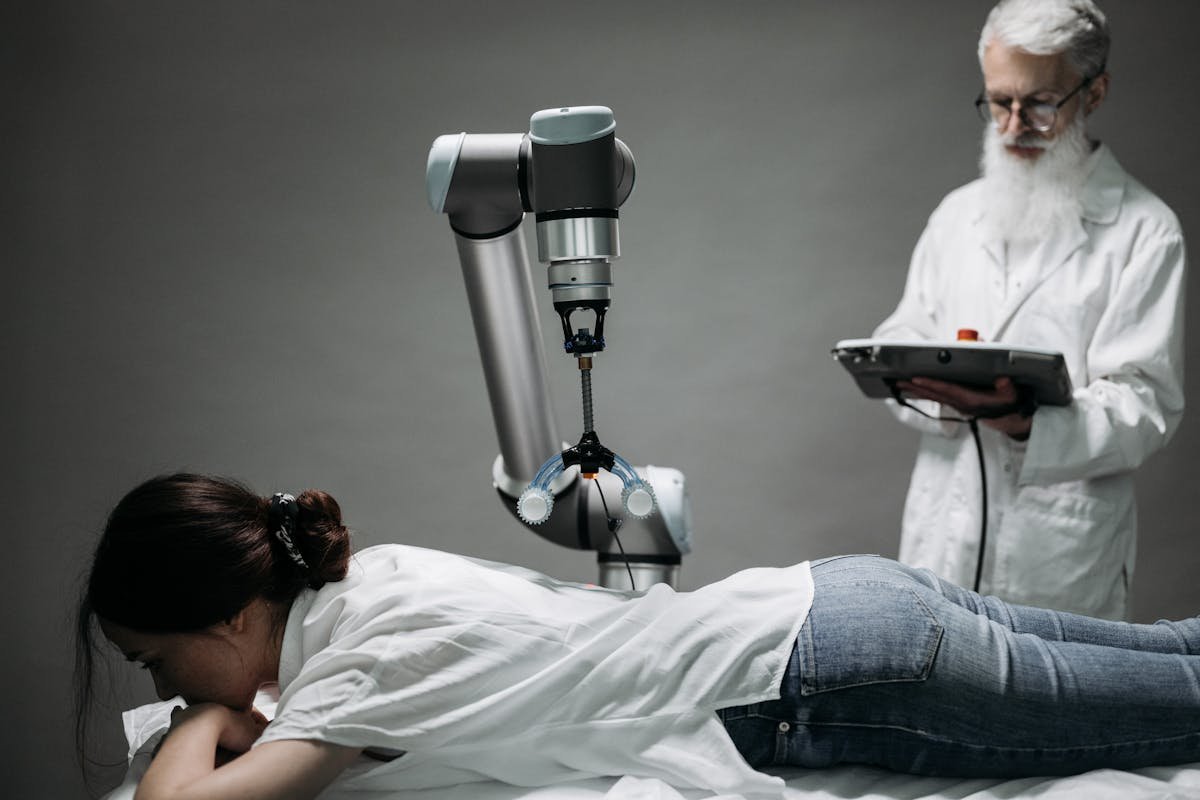Pregnancy Skin Problems in 2025: The Truth No One Told You About Melasma and Stretch Marks
Healthcare / Date: 05-17-2025

Pregnancy is a wild ride—beautiful, exhausting, messy. And while everyone’s quick to offer advice on baby names and prenatal vitamins, hardly anyone talks straight about the stuff that sneaks up on your skin. Melasma and stretch marks, the two uninvited guests, show up right when you're too tired to care—until it's too late.
In this post, we’ll dive deep into what causes these two skin nightmares, why the usual advice is dead wrong, and what actually works to prevent them. Forget the fluff. This is real talk backed by science, moms’ experiences, and what dermatologists are finally starting to admit.
Why Your Hormones Don’t Care About Your Skincare Routine
Let’s start with this: melasma and stretch marks are not caused by laziness or poor skincare. They’re rooted deep in hormonal changes, genetics, and even emotional stress.
Melasma, sometimes called the "mask of pregnancy," shows up as blotchy, brownish patches—usually on the face. Think upper lip, cheeks, forehead. It’s mostly driven by hormonal shifts and sun exposure.
Stretch marks (a.k.a. striae gravidarum) are tiny tears in your skin caused by sudden stretching, thanks to your growing belly, boobs, and hips.
Here’s the kicker: Even the most expensive creams won’t save you if you don’t time it right—and if you don’t understand what’s actually happening underneath.
The Truth About Stretch Mark Creams: Why Most of Them Are Useless

You know those influencers flaunting miracle belly balms? Hate to break it to you—most of them don’t work.
Here’s why:
- By the time your skin starts itching or stretching, the deeper layers have already started tearing.
- Many over-the-counter creams only hydrate the top layer (epidermis) but do nothing for the dermis, where stretch marks really form.
So what can you do?
Start early. Like, as soon as you see that positive test.
- Use oils rich in Vitamin E, collagen boosters, and centella asiatica. These help increase skin elasticity before the skin begins to stretch.
- Drink more water than you think you need. Hydrated skin stretches better.
- Don’t forget your thighs, butt, and sides. Most moms focus only on the belly—and end up with tiger stripes elsewhere.
Melasma Isn’t Just a Sun Issue—It’s a Sleep and Stress Issue Too
Let’s be real—everyone blames the sun, but there’s more to melasma than just UV rays.
What’s really going on?
- Melanocytes, which produce pigment, are stimulated by hormones such as progesterone and estrogen. These hormones increase during pregnancy.
- Cortisol, the stress hormone, can make it worse. And you’re growing a human, so yeah—stress is kinda part of the deal.
- Sleep deprivation, even early in pregnancy, has been shown to aggravate hormonal imbalances that can trigger melasma.
Here's what works:
- Wear hats—even indoors if you're near windows. Sounds extra? Maybe. But windows let in enough UV to trigger pigmentation.
- Topical niacinamide is your new best friend. It’s pregnancy-safe, calms inflammation, and reduces melanin production.
The Role of Nutrition: Beauty Actually Does Come From Within
Let’s flip the script. Instead of just slathering creams, fix your skin from the inside.
Here’s a quick breakdown:
| Nutrient | Why It Matters | Food Sources |
|---|---|---|
| Vitamin C | Boosts collagen, reduces pigmentation | Oranges, bell peppers, kiwi |
| Zinc | lessens inflammation and promotes skin repair | Lentils, seeds, chickpeas |
| Omega-3 Fatty Acids | Keeps skin supple and reduces hormonal chaos | Flaxseeds, walnuts, DHA supplements |
| Protein | promotes the suppleness and regeneration of skin | Eggs, beans, lean meat |
And don't forget your prenatal vitamins. But make sure they’re high in biotin and B-complex.
Is It Genetic? Sometimes. But That’s Not the Full Story
"My mom had horrible stretch marks, so I guess I’m doomed too," said every second pregnant woman ever.
But here’s the deal—genetics load the gun; lifestyle pulls the trigger.
Yes, your skin type and genes might make you more prone. But even if you’re predisposed, you’re not helpless.
Do this consistently:
- Start prevention by the first trimester.
- Rotate between oil-based and water-based moisturizers.
- Avoid long, hot showers—they dry out the skin and make it less elastic.
Controlled imperfection alert: btw, I’ve totally forgotten to moisturize after showering more than once during pregnancy. You're not alone if you do too.
The Mental Side: Skin Changes Can Mess With Your Head
This part’s rarely talked about, but let’s say it straight—skin issues during pregnancy can mess with your self-esteem.
You’re already dealing with body changes, swollen ankles, mood swings, and then bam, a dark patch appears on your face. Or you notice fine red lines crawling across your hips.
Here’s your reminder: Your body is not ruined. It’s rewritten. And guess what? A lot of those marks fade, and so does the emotional weight they carry.
But if they’re really affecting your mental health:
- Talk to your OB. Ask for safe skincare referrals.
- Consider therapy. No shame in needing it.
- Follow mom accounts that show real, unfiltered postpartum bodies.
Pregnancy-Safe Treatments That Actually Work (and Are Backed by Science)
If you're determined to fight melasma and stretch marks like a warrior, some newer treatments are now pregnancy-safe (but always check with your doc first).
- Topical azelaic acid – Great for melasma; gentle and safe.
- LED light therapy – Helps with both issues, especially red light.
Just skip retinol and hydroquinone while pregnant—they’re not safe for the baby.
Quick Myths Busted
- "If you gain weight slowly, you won’t get stretch marks."
False. Even skinny moms get them. - "Melasma fades after delivery."
Sometimes. But for many, it hangs around—unless you treat it smartly. - "Tanning covers melasma."
No. Tanning darkens melasma. You’re making it worse.
Final Thoughts: You Deserve the Truth (Not Marketing Lies)
Pregnancy doesn’t have to wreck your skin—but it can if you go in unprepared. Melasma and stretch marks aren’t punishments. They’re signals. Your body’s shifting, stretching, adapting.
Most women aren’t told what really helps. They’re told to buy overpriced balms and hope for the best. That’s not good enough. You deserve honest advice—and tools that work.
Follow Us
Newsletter
Subscribe to our newsletter to stay updated with our latest news and offers.
We respect your privacy.Trending










